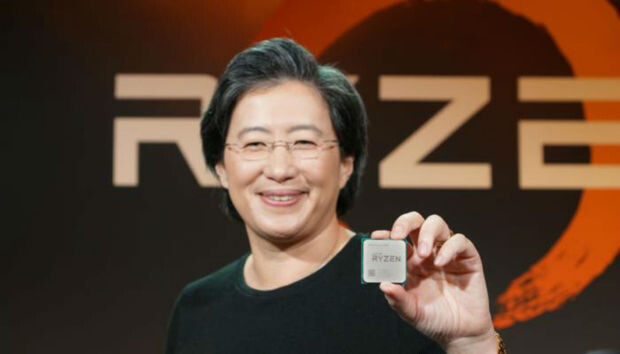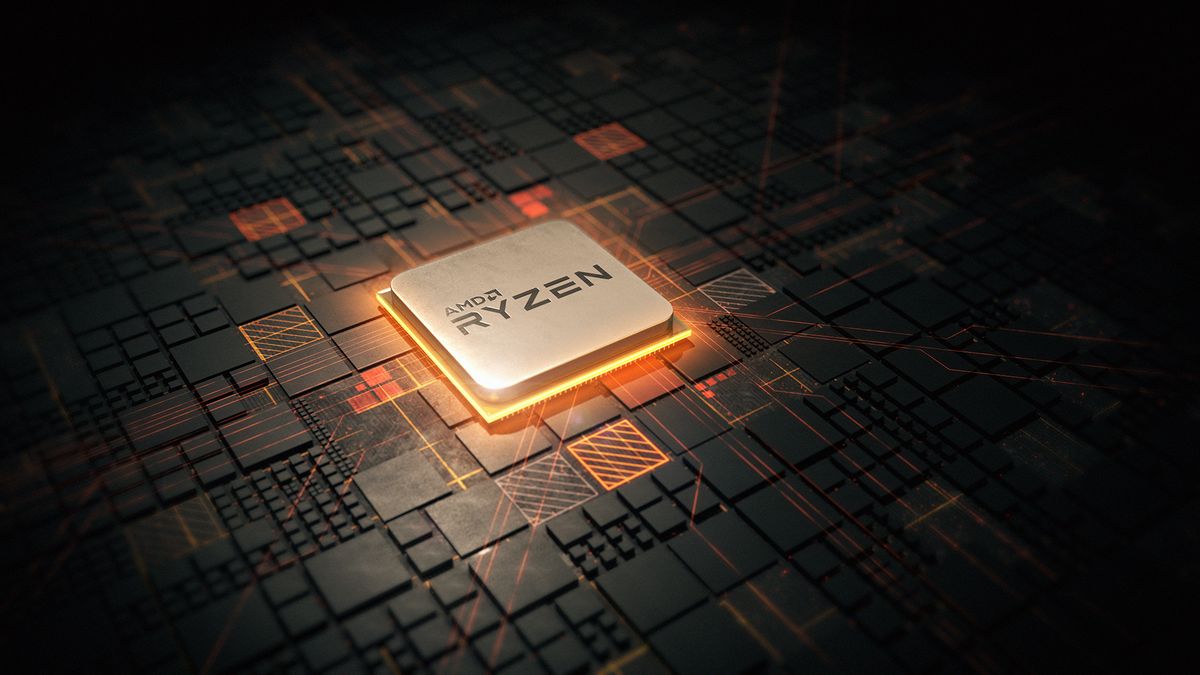In brief: AMD has been making huge strides recently with its well-received products, allowing the company to claw back market share from Intel.
A report from market analyst firm
Mercury Research shows that AMD is experiencing growth in all segments of the industry, thanks in no small part to its popular 7nm Ryzen 3000 processors. Team red is still far behind Chipzilla overall, but it’s steadily stealing market share away from its rival.
In the desktop CPU segment, AMD has seen its market unit share increase every quarter since Q2 2017. It now stands at 18 percent, marking a 5 percent year-over-year increase and a 0.9 percent jump from the previous quarter. This comes even as AMD experienced some supply issues with Ryzen 3000, which AMD CTO Mark Papermaster said was a binning issue, with the process not yielding enough high-end chips from each wafer to supply demand. With this problem now addressed, the company is likely to continue increasing its desktop CPU market share.
It’s a similar story in the server market, where AMD now holds a 4.3 percent share, representing a 2.74 percent YoY increase. Earlier this year, it was
predicted that its EPYC Rome server CPUs could force Intel’s server market share below 90 percent in 2020.
AMD’s mobile processors are also heading in the right direction—it now holds a 14.7 percent market share. As noted by
Tom’s Hardware, CEO Lisu Su said the Ryzen 4000 mobile chips would arrive early next year, which should address the poor battery performance in previous AMD-powered laptops thanks to their use of the 7nm process.
Intel is still the dominant player in all CPU markets, but it has been forced to
cut the price of some products as it looks to compete with AMD’s more affordable offerings. With the company lagging on 7nm and PCI 4.0, expect AMD to keep chipping away at its market share.



